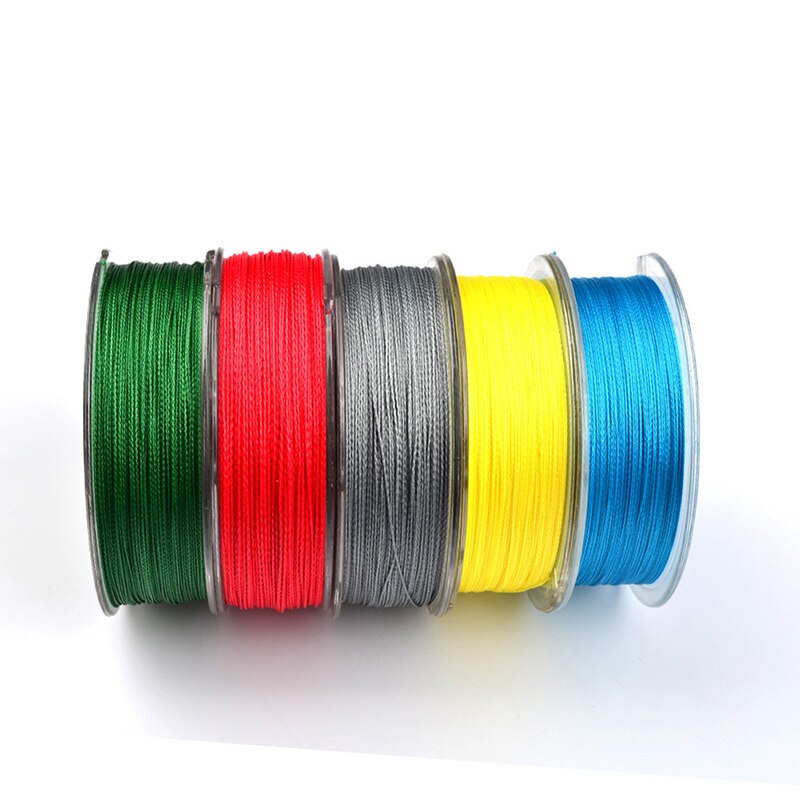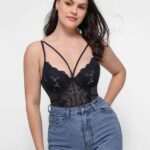
Are you fond of bass fishing? This type of angling is challenging for most fishers, as such largemouth fish are non-stop on the move, regardless of the season. This species lives in lakes and rivers, thriving in mossy areas. In order to be a bass fisherman, one has to understand the factors that influence bass migration in all seasons.
Naturally, you have to use the right fishing line to hope for a good catch. Baitcasting, fly-fishing, and bottom angling are among the most popular methods for angling bass.
If you are interested in bass fishing and is asking “What is the best bass fishing line?”, this article can give you some insight!
Select a type
The initial point of consideration when shopping for a bass line is the type. There are several types of models available to fishers, such as monofilament, fluorocarbon, and braided fishing lines. Monofilament models a made from a single nylon plastic fiber. Although these are clear, the majority of manufacturers produce them in multiple colors.
Monofilament lines are the most appropriate for beginners, as these strings are capable of holding knots well. Nevertheless, experienced anglers also pick this option in certain angling situations due to the stretchable nature of the line. The ability to stretch makes these models absorb shock much better when angling big fish.
Another remarkable advantage of the monofilament models is the slow sink rate, making them excellent for catching topwater lures. Any fisherman who doesn’t want his/her string to sink too quickly is advised to opt for monofilament. It’s a multipurpose model, suitable for bass fishing, featuring good shock absorption. Also, it’s undoubtedly one of the most budget-friendly alternatives in the market.
On the negative side, monofilament is less resistant to abrasion and has high visibility. The diameter of these fishing lines is thicker than the braided models, making the task of casting long distances much harder, especially in windy conditions when the water is wavy. Read more about the history, uses, and environmental impact of monofilament fishing lines.
Fluorocarbon lines, on the other hand, are more appropriate for anglers targeting species that spook easily. These models are less visible to fish due to the identical refractive index as water, meaning water passes through them without making much distortion. Consequently, fish find it harder to see these strings underwater.
In terms of durability, fluorocarbon models are more long-lasting than those made of monofilament. They are more resistant to abrasion and sunlight exposure, contributing to their long lifespan. Fluorocarbon doesn’t stretch as much as monofilament, which improves the ability of fishermen to detect bites. These lines sink easily, thus suitable for angling fish at greater depths.

Nevertheless, fluorocarbon lines have disadvantages on their own. They are costlier than monofilament and have a faster sink rate, which makes them inadequate for using floating lures. The memory of fluorocarbon models is greater than monofilament, resulting in more tangles.
Another popular choice is the braided fishing line, also called the super line. It’s one of the favorites for anglers because of its remarkable durability. The small diameter is what makes braided models more distinctive than those made of monofilament and fluorocarbon. It helps fishers cast long distances and fish near the bottom regardless of the weather conditions, such as high winds.
Furthermore, the real capacity of these models allows fishermen to spool up more yards of braid when compared to monofilament and fluorocarbon. The inability of the braided line to stretch makes it incredibly sensitive and super strong. Consequently, it’s the go-to alternative for experienced fishermen catching fish in both fresh and salt waters.
In spite of the number of advantages, braided models have drawbacks as well. These strings tangle easily and are more challenging to knot. As a result, beginner anglers don’t consider them a top choice. Also, their visibility is high, making them unsuitable for angling in clear waters.
Consider the pound test
After making a choice of material, the following consideration involves choosing the right pound test. Line poundage depends on the fish species anglers are trying to catch, their size, and the fishing location. The pound-test strength ranges from one to seventy-five. It refers to the amount of force the string can withstand at the weakest point.
Large-diameter models are better suited for angling in freshwater. Conversely, small-diameter strings are a better choice for saltwater fishing due to the density of salt water. For bass fishing, anglers are advised to use a line of an eight-pound test or higher. Fishermen should keep in mind the size and weight of species have to do a lot with their age.
Consider using a fishing leader
Experienced anglers have a habit of using a fishing leader, referring to a short, low-visibility line made of monofilament or fluorocarbon. Fishermen attach these leaders for multiple reasons, such as reducing visibility. Also, it improves stretchiness for the purpose of absorbing shock better.
Moreover, fishing leaders are designed to improve the resistance to abrasion of lines, thus preventing larger species and sharp objects from cutting the string. Also, there are various types of leaders available to fishers to choose from. They should always have a couple of leaders handy to adapt as fast as possible when discovering the fish has broken your leader.
The bottom line
Analyze the behavior of bass before targeting them.
Make the best choice of fishing line so as to catch more fish!


